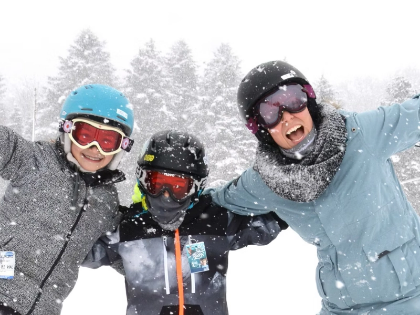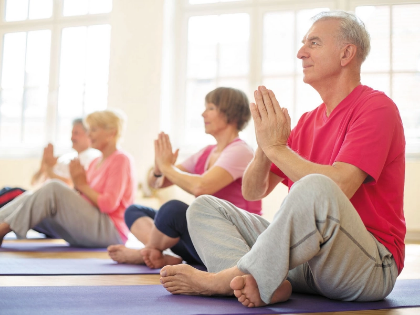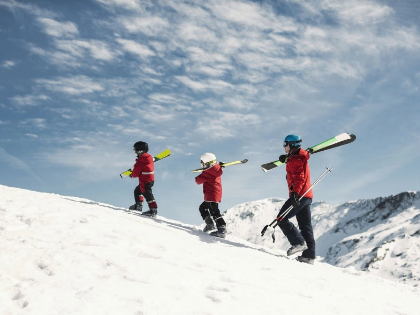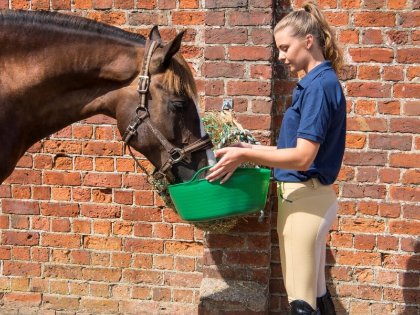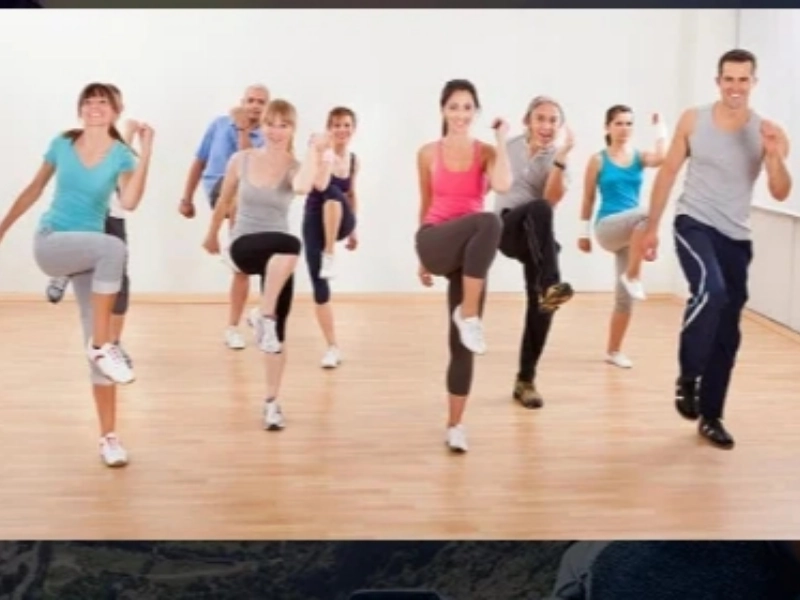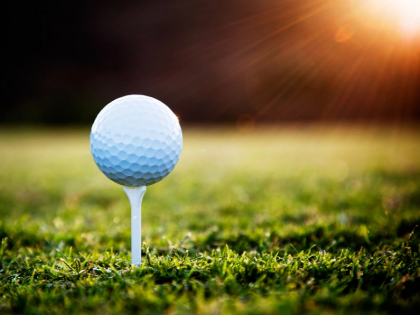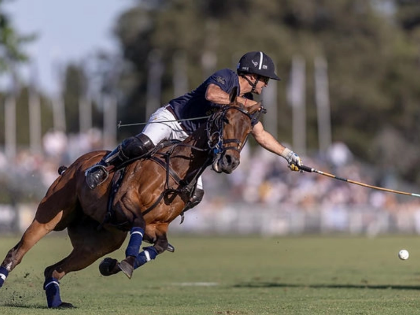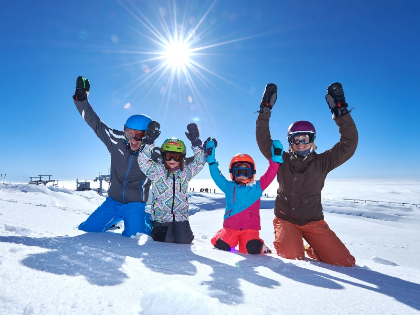Enhancing Ski Edge Control: Precision Exercises
More advanced skiers can start experimenting with larger edge angles once they have mastered a seamless transition and two-footed-parallel edge change. But interacting with these higher powers calls for a strong foundation of support. For this reason, we suggest beginning your dryland experience with the easy task below. It imparts the sense of "tipping" the ski into its new edge angle by employing gravity.
Position
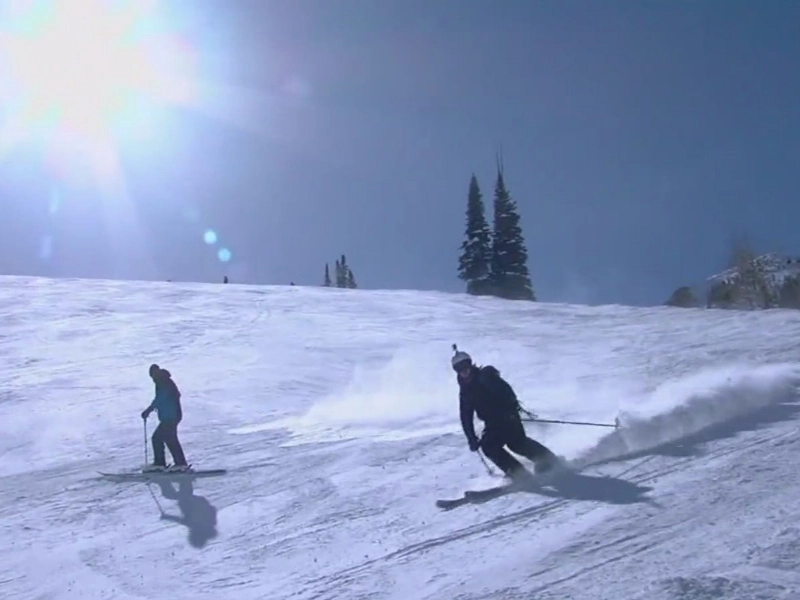
Embracing Your Edges
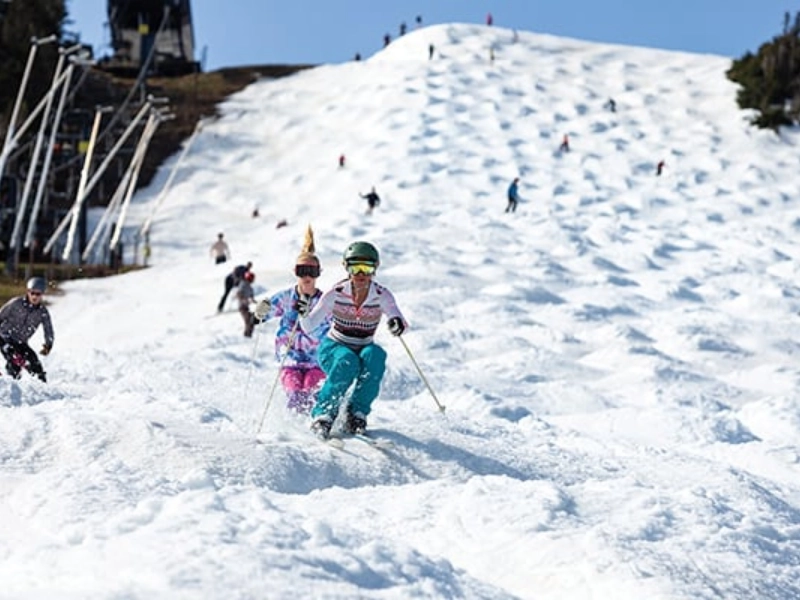 Your ability to 'lean' into your edges is one of the key characteristics that determines how well you can control your edges. Leaning improves your skis' traction on the snow and helps you balance against the sideways forces produced by turning.
It's a good thing that your turns and edge pressure increase as you lean more into your edges! But the secret is to be just the perfect amount of lean. If you use too little, you won't be able to generate the force required to turn your skis in general or modify their edges.
You need to know how to create angles in your body, a technique known as angulation, in order to ensure that you are obtaining adequate lean. By employing this method, you can raise the outer ski's edge angle at the start of a turn without overly straining your inside leg and hip. It resembles folding the various bodily parts into a C shape.
Your ability to 'lean' into your edges is one of the key characteristics that determines how well you can control your edges. Leaning improves your skis' traction on the snow and helps you balance against the sideways forces produced by turning.
It's a good thing that your turns and edge pressure increase as you lean more into your edges! But the secret is to be just the perfect amount of lean. If you use too little, you won't be able to generate the force required to turn your skis in general or modify their edges.
You need to know how to create angles in your body, a technique known as angulation, in order to ensure that you are obtaining adequate lean. By employing this method, you can raise the outer ski's edge angle at the start of a turn without overly straining your inside leg and hip. It resembles folding the various bodily parts into a C shape.
Letting Go of Your Edges
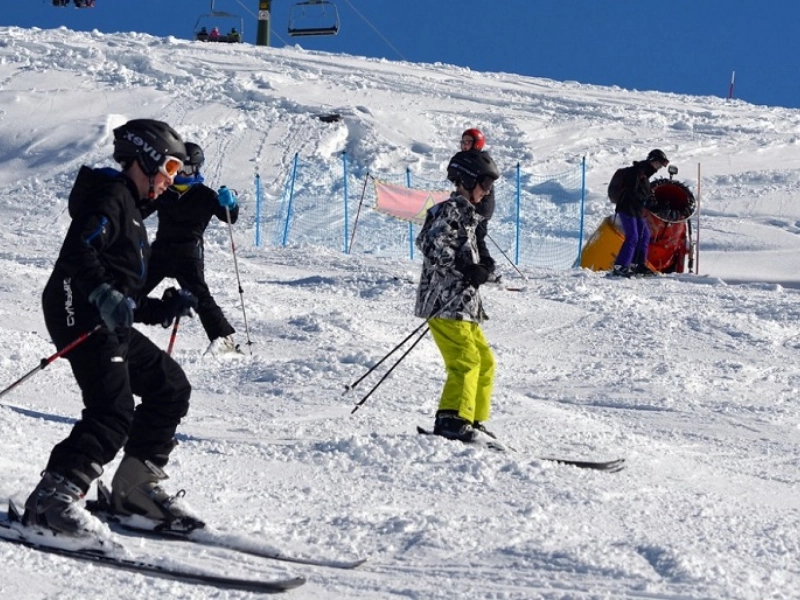 A ski needs to be able to use its edges to grasp the snow in order to spin. To start a turn, beginners frequently lean into their edges and then swiftly release them. Maintaining edge engagement across the turn's entire arc is essential to a successful turn.
Because of this, practicing your edging on a dry ground surface is preferable to doing it on a slope. By doing this, you'll be able to become accustomed to the sensation of pushing and then releasing your edges.
You can practise releasing your edges on all of your turns on the slopes once you have mastered this on flat ground. You will be able to gain confidence in your skis' ability to grip the snow even as you tilt them farther and farther from their base of support thanks to this. This is when most people stumble; you will have to trust it and accept that you may fall. This kind of skiing depends on providing unseen but very real twisting forces.
A ski needs to be able to use its edges to grasp the snow in order to spin. To start a turn, beginners frequently lean into their edges and then swiftly release them. Maintaining edge engagement across the turn's entire arc is essential to a successful turn.
Because of this, practicing your edging on a dry ground surface is preferable to doing it on a slope. By doing this, you'll be able to become accustomed to the sensation of pushing and then releasing your edges.
You can practise releasing your edges on all of your turns on the slopes once you have mastered this on flat ground. You will be able to gain confidence in your skis' ability to grip the snow even as you tilt them farther and farther from their base of support thanks to this. This is when most people stumble; you will have to trust it and accept that you may fall. This kind of skiing depends on providing unseen but very real twisting forces.
Touching Your Toes
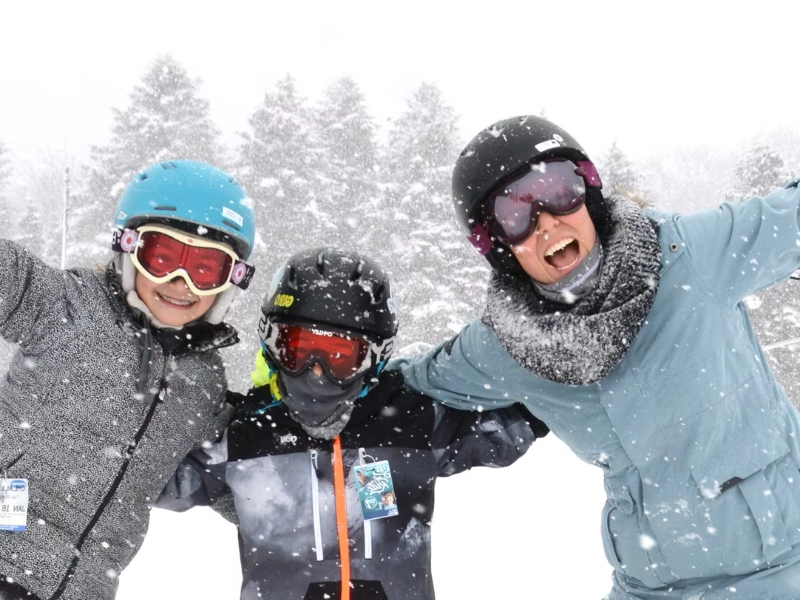 Proficient skiers possess an acute awareness of their ankles and feet, enabling them to accurately engage and disengage their edges. This is particularly crucial for quick turns.
To strengthen this ankle and foot sense, try the shuffling drill. Additionally, it teaches you how to "topple" into the new turn rather than pivoting or elevating your inside leg during the transition. This makes it easy for you to get your new outer ski onto its edge.
The Lateral Lunge is a great exercise to practise as well. This movement is an exact replica of the movements needed to carve turns with your edge angles. It helps you become stronger, more stable, and have more control over your turns by training your legs to thrust out into lateral (diagonal) lunges. In the end, it provides you with more strength for swift direction adjustments in challenging terrain.
Proficient skiers possess an acute awareness of their ankles and feet, enabling them to accurately engage and disengage their edges. This is particularly crucial for quick turns.
To strengthen this ankle and foot sense, try the shuffling drill. Additionally, it teaches you how to "topple" into the new turn rather than pivoting or elevating your inside leg during the transition. This makes it easy for you to get your new outer ski onto its edge.
The Lateral Lunge is a great exercise to practise as well. This movement is an exact replica of the movements needed to carve turns with your edge angles. It helps you become stronger, more stable, and have more control over your turns by training your legs to thrust out into lateral (diagonal) lunges. In the end, it provides you with more strength for swift direction adjustments in challenging terrain.

